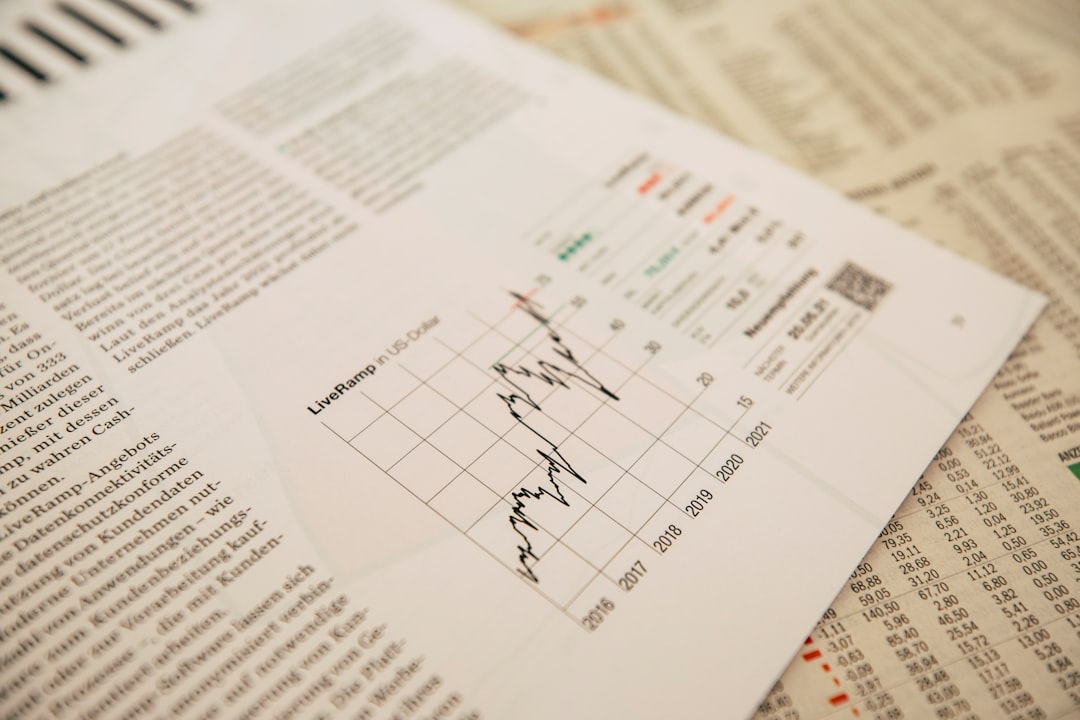What is it about?
The work is about modeling spatial cells in Hippocampal formation by firstly understanding the theoretical basis of getting grid cells from principal component analysis (PCA), which turned out to be a special form of Bessel function. Then applying the autoencoder model, which functions the same as the PCA model but gives the flexibility to integrate the vision which we get from the virtual environments and model other experimental studies.
Featured Image

Photo by David Clode on Unsplash
Why is it important?
This research is important as it paves the way to develop a comprehensive model of the hippocampal formation. This is because of the deep learning technique used in the model that provides the flexibility to do multi-sensory fusion. This technique can also be used in task-based training, and hidden neuron responses can be studied, which should mimic the responses of neurons seen in an experimental study.
Perspectives
The research can be divided into three parts: 1) theoretical approach to understanding the basis of grid cells using the PCA model, 2) Computational approach to model the spatial cells like grid cells and place cells using Autoencoder, and 3) Integration of multisensory information to study the effect of path integration and vision on spatial cells observed in experimental studies. I hope this work will open up a line of work to use neural networks so that more versatile models can be created.
Azra Aziz
Indian Institute of Technology Madras
Read the Original
This page is a summary of: An integrated deep learning‐based model of spatial cells that combines self‐motion with sensory information, Hippocampus, August 2022, Wiley,
DOI: 10.1002/hipo.23461.
You can read the full text:
Contributors
The following have contributed to this page










